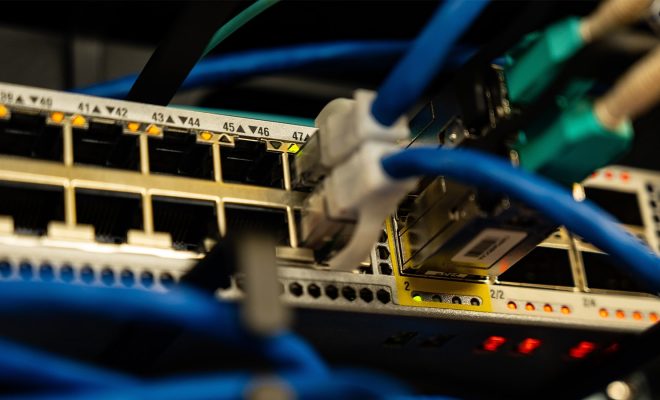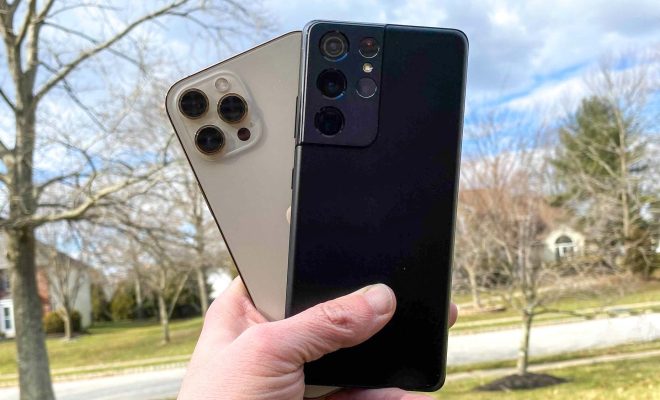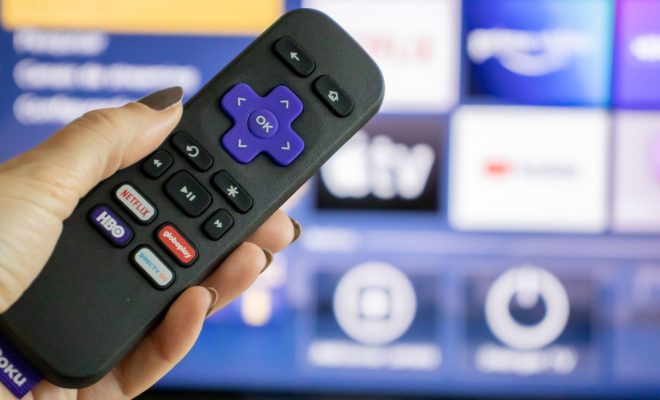How to Choose an Ethernet Cable for Your Wired Connection

Ethernet cables have been around for many years and are still popular for wired internet connections. With the advancement of technology, there are many types of Ethernet cables with varying speeds, lengths, and prices. Choosing the right Ethernet cable for your wired connection can be confusing, but with a little knowledge, it can be easy.
Here are some tips on how to choose an Ethernet cable for your wired connection:
1. Determine the Speed you Need
Ethernet cables come in different categories with varying speeds of data transmission. The most common categories are Cat5e, Cat6, and Cat7. For a normal home or small business network, Cat5e and Cat6 cables are sufficient.
Cat5e cable has a maximum data transmission speed of 1000Mbps, while Cat6 cable has a maximum of 10,000Mbps. If you are using a high-speed internet connection or transferring large files, go for the Cat6 cable. For gaming and media streaming, Cat7 cables are the best option as they support high bandwidth and faster speeds.
2. Consider the Length
Ethernet cables come in different lengths, ranging from a few meters to hundreds of meters. Before buying, measure the distance between your router or switch and the device you intend to connect, and choose a cable that is slightly longer. It’s better to have extra length as a shorter cable may not reach.
3. Shielding
Ethernet cable shielding is an important factor to consider when choosing the right cable. Shielded Ethernet cables have an extra layer of protection preventing electromagnetic interference (EMI) from other electronic devices that may be in the vicinity.
Shielded Ethernet cables are necessary if you live in an area with high levels of EMI, such as a busy street. If interference is not a concern, then a non-shielded cable is a cheaper option.
4. Plenum Rated Cables
If you are wiring your office, make sure to use plenum rated Ethernet cables. Plenum-rated cables are designed for commercial use and are fire-resistant and low-smoke. They are recommended for office spaces with drop ceilings or raised floors where the cable runs through and can prevent the spread of smoke and flames in case of a fire.
5. Check the Connectors
Ethernet cables come with different connectors such as RJ45, TIA/EIA and GG45. To ensure compatibility with your devices, check the type of connector your device requires before making a purchase. Usually, RJ45 connectors are the most common and can fit into most devices.
In conclusion, choosing the right Ethernet cable for your wired connection depends on your specific needs. Consider the speed you need, the length, shielding, plenum rating, and the connectors before making a purchase. With these factors in mind, you can ensure a stable and fast wired internet connection for your home or office.






